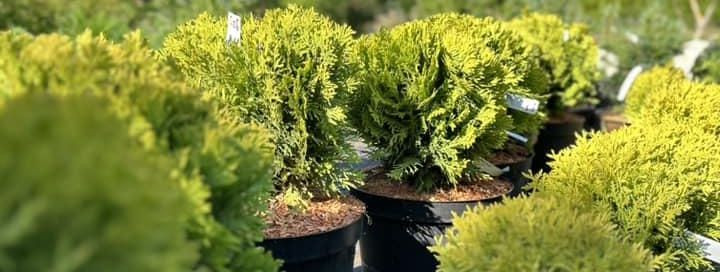5 tips for sustainable gardening in estonia
Estonia's unique climate and ecosystems present both opportunities and challenges for gardeners. With cold winters and relatively short growing seasons, it's essential to understand the local conditions to create a thriving garden that works with nature, rather than against it.
Sustainability in gardening is about creating a space that is not only beautiful and productive but also conserves resources and supports local ecosystems. For Estonians, this means gardening in a way that respects the delicate balance of their natural environment.
Tip 1: Choose Native Plants
Native plants are adapted to the local climate and soil conditions, which makes them more resilient and easier to care for. They require less water and fertilizers and are more resistant to local pests and diseases.
Some native plants that are well-suited to Estonian gardens include the wood crane's-bill (Geranium sylvaticum), the European larch (Larix decidua), and the common juniper (Juniperus communis).
Tip 2: Implement Organic Practices
Organic gardening practices enrich the soil and reduce the need for chemical fertilizers. Composting kitchen scraps and yard waste is an excellent way to create nutrient-rich soil amendments.
Encouraging beneficial insects like ladybugs and lacewings can help control pest populations naturally, reducing the need for harmful pesticides.
Tip 3: Conserve Water
Using mulch, practicing xeriscaping, and selecting drought-tolerant plants are all effective ways to reduce water usage in the garden.
A rain garden is a planted depression that allows rainwater runoff from impervious areas like roofs and driveways to be absorbed. This not only conserves water but also protects water quality.
Tip 4: Encourage Biodiversity
By including a variety of plants, providing water sources, and leaving some areas wild, you can create a garden that attracts and sustains a diverse range of wildlife.
Diversity in plant species not only creates a more visually appealing garden but also promotes a healthier ecosystem by reducing the spread of plant diseases and pests.
Tip 5: Use Sustainable Materials and Tools
Opt for materials like reclaimed wood or recycled plastic for garden beds and structures. These materials are not only environmentally friendly but also durable and long-lasting.
Hand tools reduce the reliance on fossil fuels, and electric equipment is cleaner and quieter than their gas-powered counterparts. Both choices help to reduce your carbon footprint.






Comments (0)